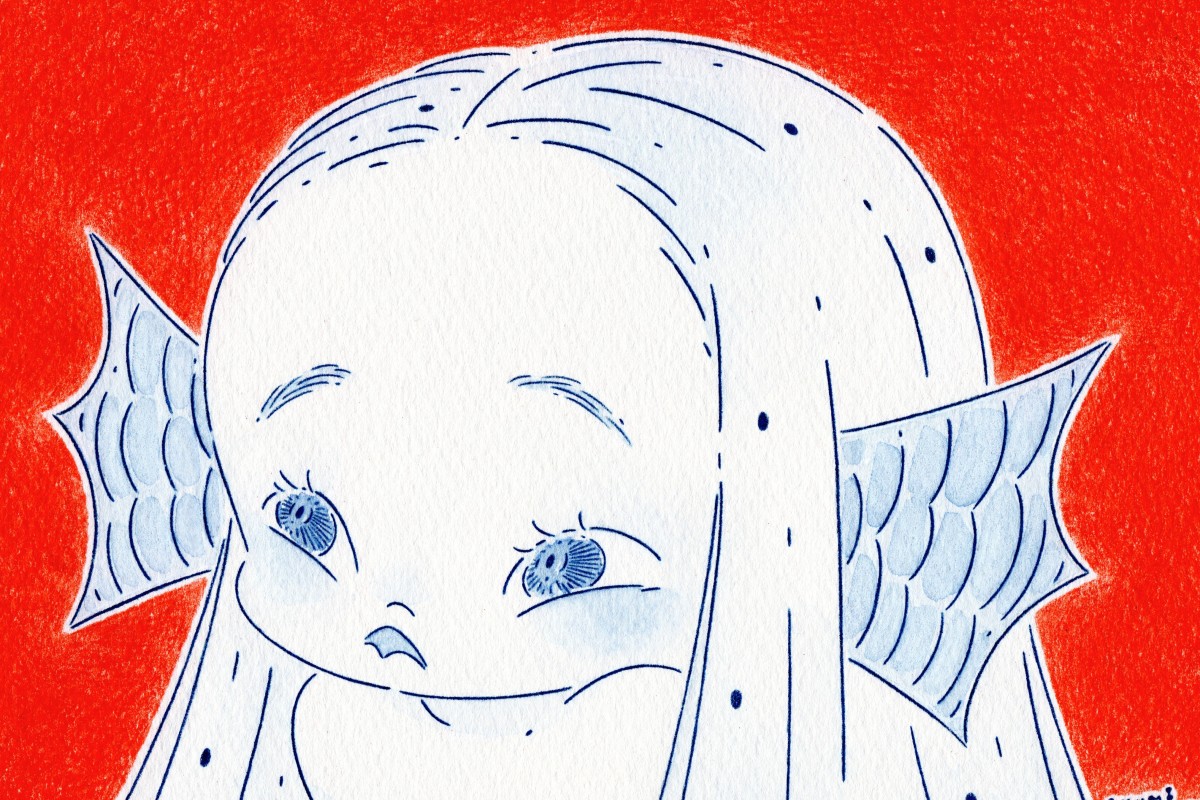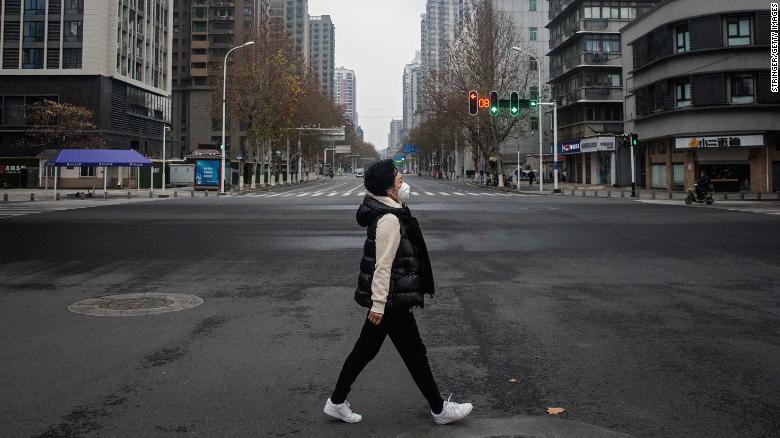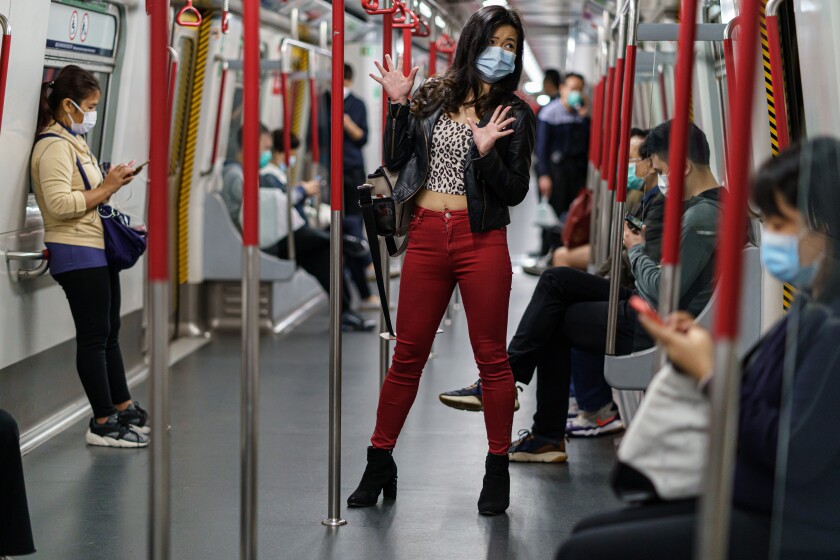Compiled by Student Assistants Katherine Kane and Anna H. Bartsch
Even with a state of emergency declared and sharp drops in tourism, the Japanese people are committed to staying strong throughout the fight against COVID-19 in creative ways. Since the Edo period (1603-1868), Japan has believed that the half-fish half-human monster Amabie will bring natural disasters to an end. Since early March, many well-known artists have posted drawings online of the famous monster. In addition, Kyoto University has set up two giant guardian statues that are supposed to protect the people of Japan and give them hope. Famous DJs from across the country have released multiple “lockdown” playlists. Japan’s national radio broadcaster has even aired calisthenic exercises for people to follow along with at home. And shrines and temples, a big part of Japanese culture, have set up their rituals to be viewed remotely.

From the legendary Japanese monster Amabie (pictured here on Instagram by artist Ikumi Nakada) to giant guardian statues, Japan is fighting back against the coronavirus with wishes of good luck, exercise and online prayers. Photo: Ikumi Nakada
https://www.cnn.com/2020/02/07/asia/wuhan-coronavirus-volunteers-intl-hnk/index.html
Wuhan, China is the city where COVID-19 first emerged and consequentially, the first city to go into lockdown because of the pandemic. Under the direction of the government, Wuhan was supplied with 6000 taxis to transport patients who didn’t have fevers to hospitals. Patients with fevers were required to be transported in special vehicles. However, each residential community in Wuhan was only supplied with 3 to 4 taxis, which was hardly enough.
With not enough help from their government, citizens responded to the countless cries for help. Ordinary vehicle owners, such as Wan Jiuxiong, organized WeChat groups where drivers and health care workers could mobilize help for citizens in need. Other volunteer groups donated medical supplies and resources to their local hospitals.

A woman crosses an empty street in Wuhan. The city has been under lockdown since January 23.
PBS – How One Artist is Illustrating Coronavirus-Fueled Racism
Asians in Westernized countries have become more and more targeted due to the origin of COVID-19 being from China. Discrimination, assault, vandalism, and increased xenophobia have begun to spread around Asian communities. Korean-Swedish artist Lisa Wool-Rim Sjöblom is trying to combat both the direct and subtle racism towards Asians with the “I am not a virus” campaign. Using comics, Lisa and other artists have begun to create artwork that depict the experiences with racism that Asians are currently experiencing. The artwork aims to help raise awareness to this growing “yellow peril” viewpoint and to show representation in the Asian community.

WQED – Artists Fight Coronavirus-Related Racism on Instagram
https://www.kqed.org/arts/13877013/artists-fight-coronavirus-related-racism-on-instagram
To help spread awareness about #IAmNotAVirus, artists and influencers are using their Instagram accounts to boost the hashtag. Instagram has proven to be very effective in spreading information and content about COVID-19 related racism towards Asians. Many artists and creators from around the globe have taken their own spin on the hashtag and are creating artwork/content for the world to see about the harmful impact of virus-related racism on the Asian community.
LA Times – The Coronavirus is Inspiring Memes, Parodies and Art in Asia as a Way to Cope
https://www.latimes.com/world-nation/story/2020-03-06/coronavirus-asia-pop-culture
Asia is dealing with COVID-19 through the use of pop culture and music. In Hong Kong, popular artist Kathy Mak has created a parody song to help the local community find hope in what is called a time of “despair.” Vietnamese singers Erik and Min, with the support of Vietnam’s Ministry of Health, have created a catchy song to help citizens remember to always wash their hands, avoid touching their faces, etc. The song even has a complementary dance to go along with it on TikTok, a popular social media platform for young adults. In South Korea, comic strips have become popular in bringing the community together in the fight against the virus. In China, many artists have created artworks that help inform the public about COVID-19, although much of it may be censored due to China’s strict social media policies.

Kathy Mak’s coronavirus-themed parody of Natalie Imbruglia’s song “Torn” has become an online sensation in Hong Kong, a city worn down by numbing headlines and despair. (Marcus Yam / Los Angeles Times)